UMBRIA
DEFYING EXPECTATIONS.
Unlike neighboring Tuscany, Umbria is landlocked and less commercially developed, which helped preserve its traditional, local grape varieties instead of replacing them with high-yield international ones.
Its hilly terrain, limestone-rich soils, and microclimates (influenced by the Apennines and Lake Trasimeno) create small, distinct terroirs.
These conditions favor low-intervention viticulture and the survival of rare, indigenous grapes like Sagrantino, Grechetto, and Trebbiano Spoletino.
Preservation of Indigenous Grapes
Because Umbria didn’t industrialize wine production as quickly as other regions, many ancient grape strains were never replaced.
- For example, Sagrantino di Montefalco was nearly extinct until local vintners revived it in the late 20th century.
- Today, its deep color, high tannins, and age-worthy structure make it a collector’s favorite.
- Grechetto, meanwhile, is still mainly found in Umbria, producing complex, mineral-driven white wines.
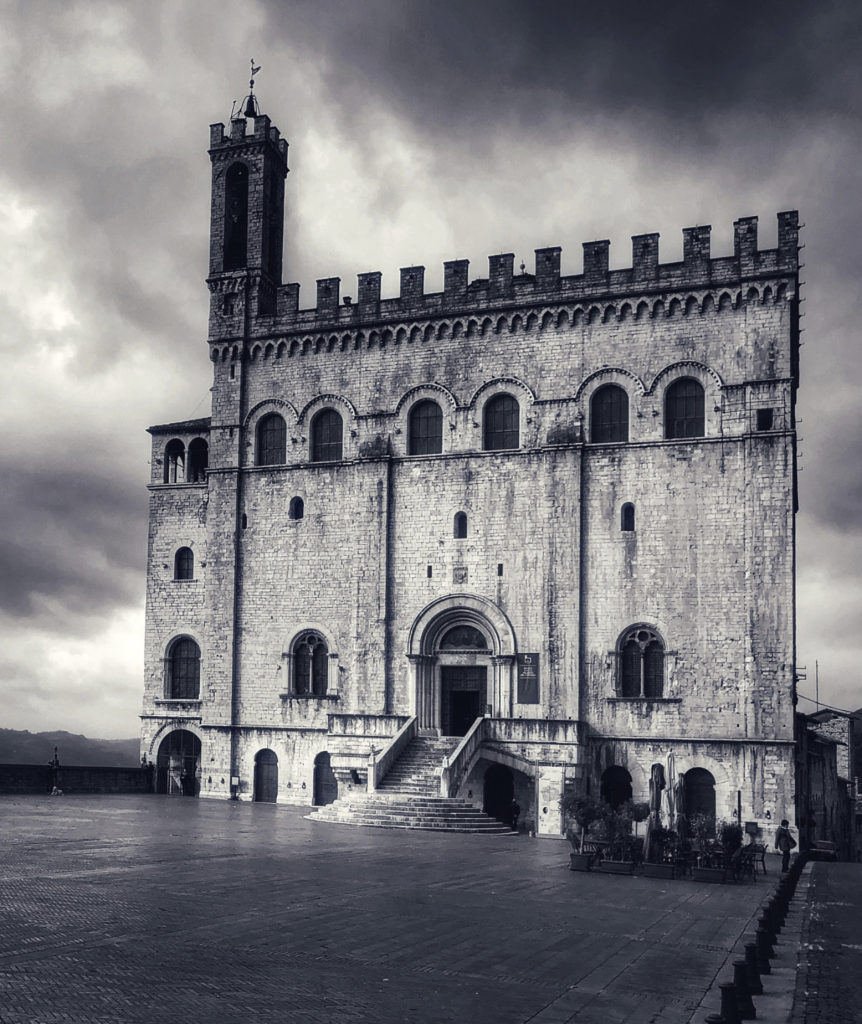
Umbria, often called the “green heart of Italy,” has several distinctive factors that explain why it’s home to rare grape varieties and unique wines that appeal to collectors and connoisseurs.
ENCHANTING UMBRIA
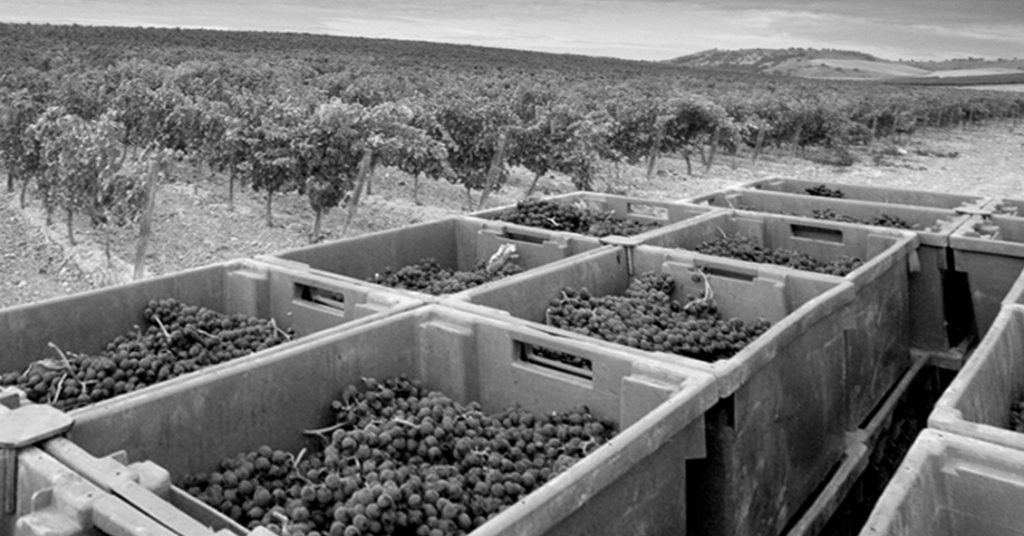
Historical Winemaking Traditions
Winemaking in Umbria dates back to the Etruscans (long before Rome), and families often passed down vineyards and vines through generations.
This continuity has allowed rare, local grapes to evolve in isolation, preserving unique DNA profiles that don’t exist elsewhere.
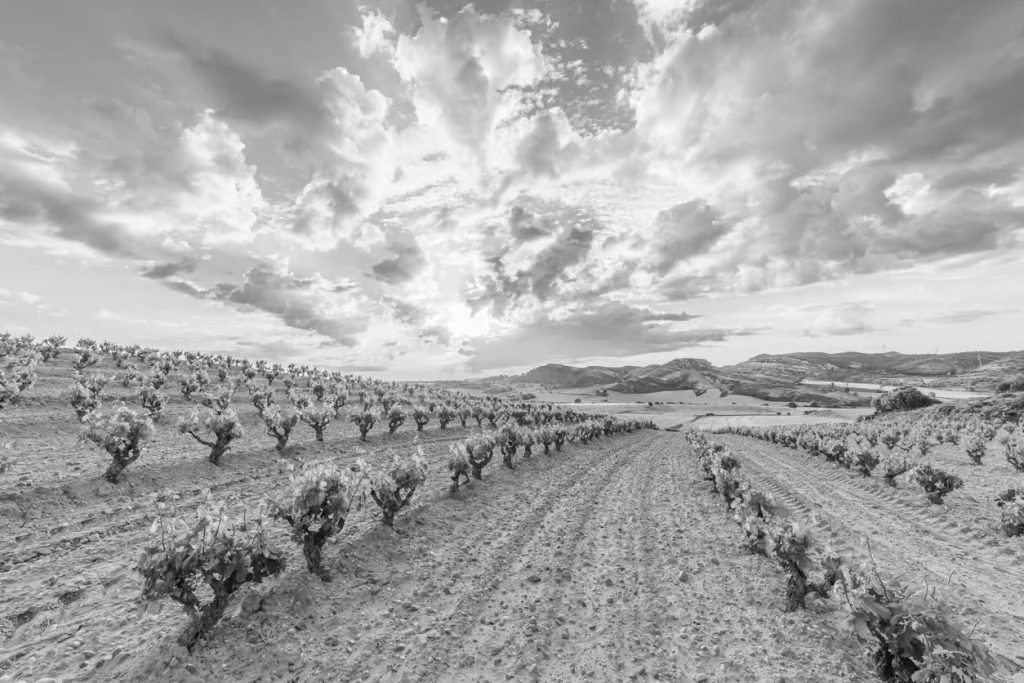
Modern Renaissance and Artisan Focus
In the last few decades, many Umbrian winemakers have embraced small-batch, artisanal production—focusing on quality, authenticity, and rarity rather than volume.
These boutique producers experiment with natural or biodynamic methods, extended maceration, and ancient amphora aging.
Collectors and sommeliers seek out these bottles for their distinct sense of place and limited availability.
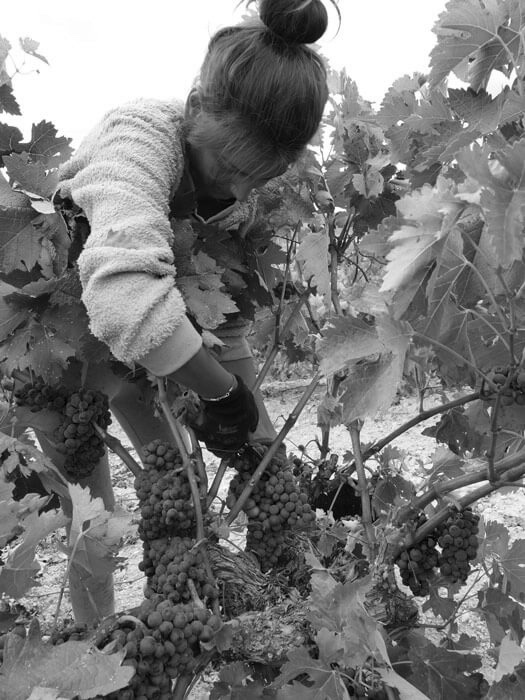
Under-the-Radar Appeal
Unlike Tuscany or Piedmont, Umbria remains a quiet gem. This relative obscurity means:
Its wines are less commercialized but often more experimental.
Collectors are drawn to the rarity and discovery factor—finding something genuinely distinctive.
UMBRIA.
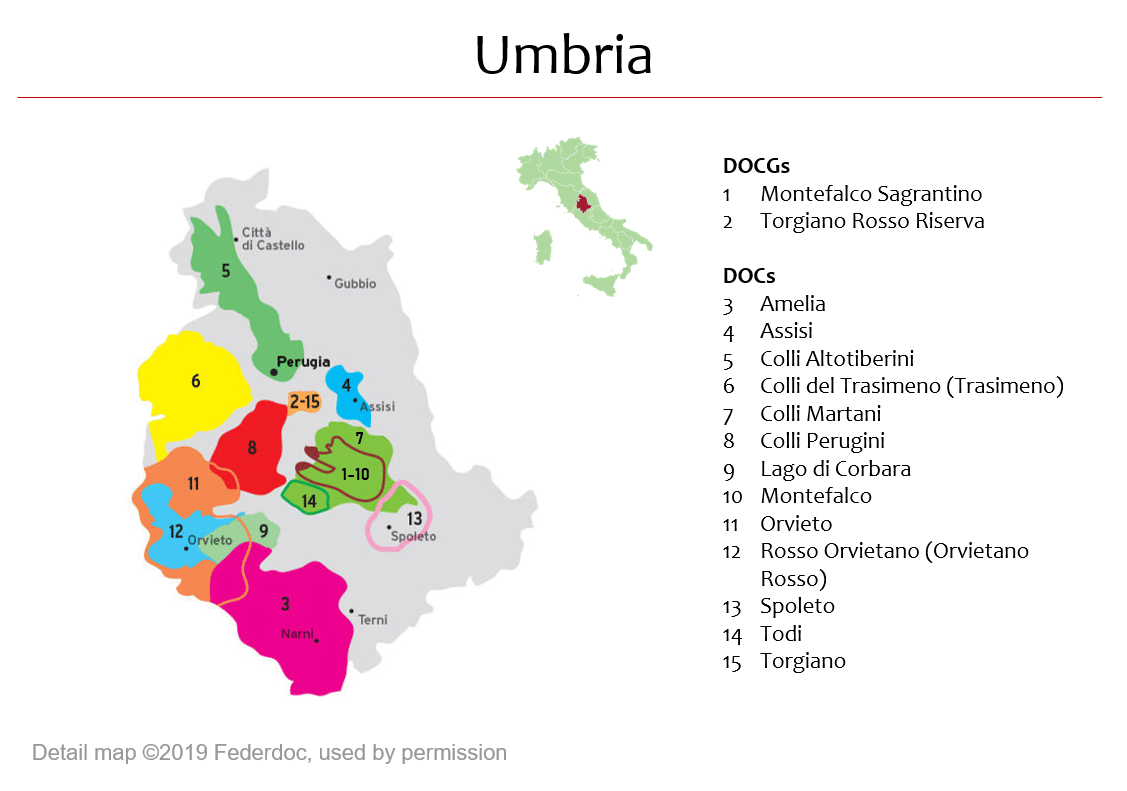
Umbria is located in the center of Italy, in the Apennines north of Rome and east of Toscana. Its capital and largest city is Perugia.
Umbria’s combination of geographic isolation, ancient grapes, and modern artisanal revival has created a perfect environment for producing rare wines that tell a deeply local story — and that’s exactly what collectors and wine aficionados crave.